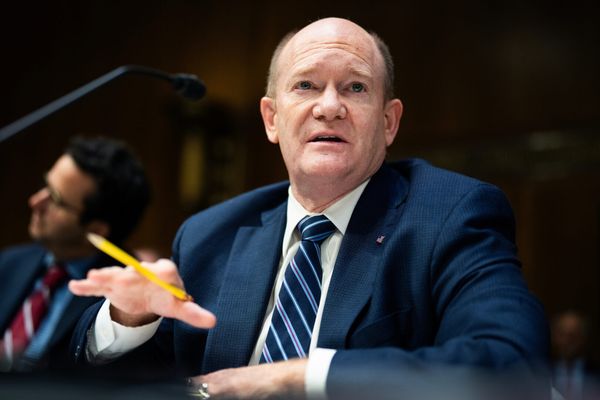
More than a third of Americans earning at least $250,000 annually say they are living paycheck to paycheck, underscoring how inflation is taking a bigger bite out of Americans’ budgets at all ends of the pay spectrum.
Some 36% of households taking in nearly four times the median US salary devote nearly all of their income to household expenses, according to a survey by industry publication Pymnts.com and LendingClub Corp.
It’s particularly true among millennials, who are now in their mid-20s to early 40s: More than half of top earners in that generation report having little left at the end of the month.
The $250,000-plus income bracket roughly represents the top 5% of earners in the country, according to US Census Bureau data.

Living paycheck-to-paycheck doesn’t necessarily mean hardship, and LendingClub makes the distinction between those can pay their bills easily and those who can’t. Only a fraction of high earners -- roughly one in ten -- reported issues covering all their household expenses in April, according to the survey.
Housing expenses, which typically take up large chunks of the budgets of wealthier people, have skyrocketed during the pandemic. For example in Orange County, California, a top-tier home cost $1.7 million in April, up from $1.2 million in February 2020, based on Zillow Group Inc. data. A mortgage on that house, assuming a 20% down payment, would cost about $100,000 per year. That’s 40% of a $250,000 annual pre-tax income.
Top earners, even those struggling to pay the bills, are of course much better off than the rest of the nation, which is facing soaring prices for everything from food to gas and electricity.
Among all consumers surveyed, 61.3% reported living paycheck-to-paycheck in April, a 9 percentage-point increase from a year earlier, LendingClub said in its report.

To finance their lifestyles, higher-income households are more likely to put expenses on credit cards -- but also more likely to be able to pay off their balance in full. US consumer borrowing soared in March by the most on record as credit-card balances ballooned and non-revolving credit jumped, highlighting the combined impact of solid spending and rising prices.
A separate survey released by the Federal Reserve last week found an overall improvement in the financial well-being of households since the pandemic, bolstered by stimulus aid and surging prices in assets like houses and stocks.
About 78% of Americans said they were doing okay financially or living comfortably -- the highest share since the Fed began running the annual survey in 2013.
Still, one in nine respondents said that they wouldn’t be able to cover a $400 emergency expense by any means, including credit cards, borrowing from family or friends or by selling an asset.
The LendingClub survey was conducted from April 6-13, based on about 4,000 US consumers.
©2022 Bloomberg L.P.







